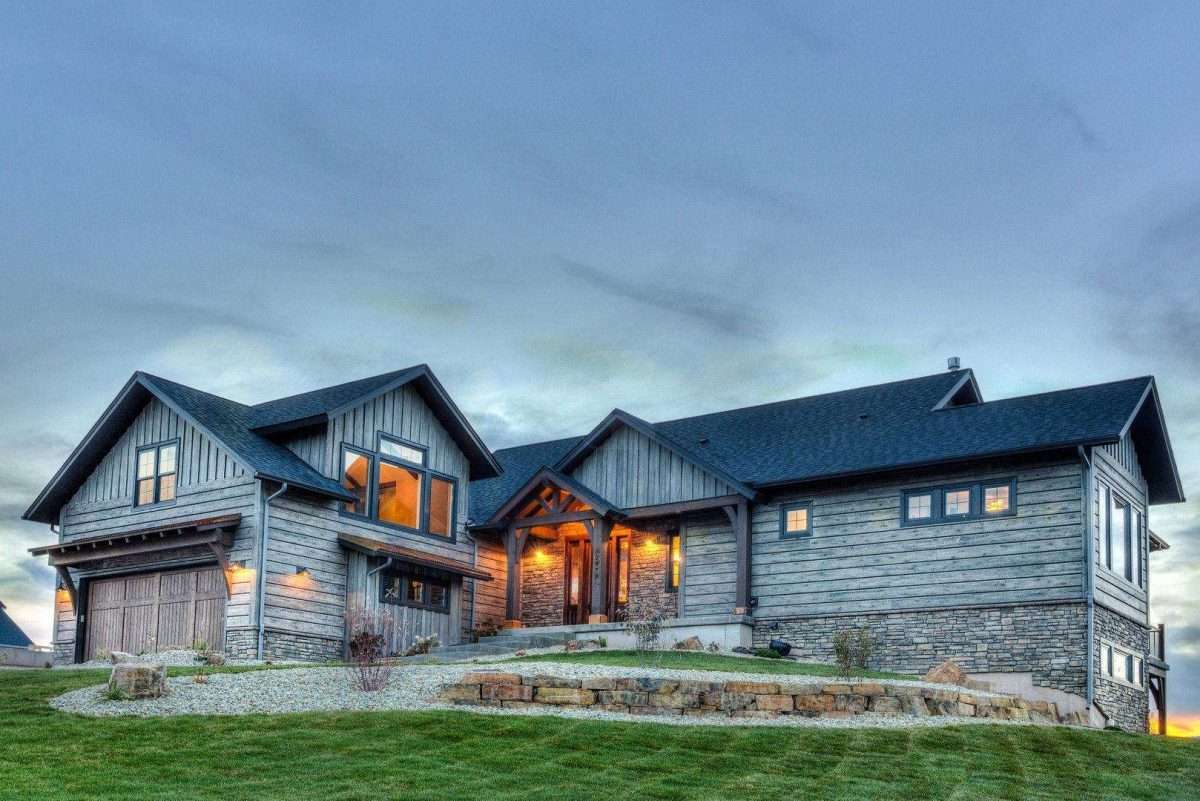bigun
Red Skull Member
Drought in NM is getting worse hay and straw are going to be going up
I've always wondered how it works in humid areas (hay, straw, whatever). I assume it needs to be kiln dried before use? What do you use on the exterior as a moisture barrier?Hay is a crap building material. Straw on the other hand is amazing. Unfortunately, straw prices are through the roof, too. I've attended a seminar for straw bale building and helped on a house. I'd love to build one and live in it.

Wired a straw bale house it a pain having to use uf wire inside the wallsHay is a crap building material. Straw on the other hand is amazing. Unfortunately, straw prices are through the roof, too. I've attended a seminar for straw bale building and helped on a house. I'd love to build one and live in it.
Sealed by the plaster and the one I worked on the added borax to keep any bugs outI've always wondered how it works in humid areas (hay, straw, whatever). I assume it needs to be kiln dried before use? What do you use on the exterior as a moisture barrier?
I think it's neat, I just have this mental picture of happy family moving in, 3yrs later everyone is dead from black mold lung.
I have some buddy farmers that do something even stupider. They make some special hay some where in Oregon or Washington. They ship it home and bust the bales down into those super mini bales they sell at pets stores for you rabbits and such.Funny memory-
Sometime around 03-05, central/north TX had a bad year long drought. A guy from Dallas was coming here and buying round bales, hauling them back, busting them and re-baling as square bales to sell to all the horse people. I don't remember the markup he was getting but it was pretty insane. 3 months of work and at the time netted what I did in a year.
(the guy was either on pbb, or good friends with one of my pbb buddies. My memory sucks)


Big bad wolf has entered the chat.


The exterior is stucco. The inside is plaster. You have some pretty thick scratch coats after you weedeat the walls to knock down stray straws. Stuff doesn't eat at the straw like hay. You won't have the mold. The straw must be dried, but again it's not like hay. This stuff was dry when the grain was collected. It's remarkable and sustainable.I've always wondered how it works in humid areas (hay, straw, whatever). I assume it needs to be kiln dried before use? What do you use on the exterior as a moisture barrier?
I think it's neat, I just have this mental picture of happy family moving in, 3yrs later everyone is dead from black mold lung.
ICF is apparently the easier search term to use when looking for information on residential grade walls

How do I determine which size ICF to use?
Typical residential construction will use 6″ or 8″ concrete core size blocks. Project specific engineering may allow for some core thickness to span vertically higher.www.foxblocks.com
there isn't much reference there, but it certainly seems like some reasonable points. at some point when this project actually gets closer to reality, i'll need to hire engineers and architects and other such and whatnot, but it's still important to have an idea of what is going on. if there is no real need or reason to run an 8" wall where a 4" wall will do, then stick to the thinner and such and whatnot
Log's are as cheap as they've been in 10+ years.That time was end of last year. Now is a good time for nothing. Steel, wood, concrete... its all full retard.
Hay bales are about the only building material that's still affordable.
I was expecting lincoln logs cast in concrete.I was looking into the concrete log house, looks like timber in the pics

EverLog Systems | Concrete Log Homes - Concrete Log Siding
EverLog Systems' revolutionary concrete log home products offer the exact look and texture of natural wood logs in concrete logs and concrete log siding.www.everlogs.com

I was thinking about doing a precast/tilt up like that, biggest downside is I don't have a great area to actually form out all the walls on the ground. You get a better panel than a poured in place wall but i'm not sure the earthwork beforehand would be worth it, as opposed to a hospital etc. where you are already going to do that for the parking lots and shitI always thought a concrete tilt up house would be cool. You place a slab, then place the walls and roof.on it and have a crane come set it all in place.
there isn't a concern with using non-treated wood sitting on the shelf? I guess it's all "above grade" stuff so moisture wouldn't be as big an issue as below grade.For the floor joist attachment condition, you pour a shelf to sit them on.

not using cement above your head is the easiest workaroundThe one thing that I don't like with concrete.
Earthquakes, cement seems to crumble on your head according to the news reports that I have seen
Is there a work around on that? I know nothing about this subject

rent wall forms for the best bang for the buck.What will you buy to make forms for the concrete?
was this done with foam on both sides? Seems like the ICF i've seen advertised (albeit not much) has been more like a typical block where it is a complete thing that gets set and stacked, just big and locking
This is an ICF house I helped a friend pour.
It went together like a big lego set, then pour concrete into it. Biggest things was watching for blowouts and vibrating it to make sure the voids are filled below the windows. Floor joists were hung off of 2x8 PT anchored to the wall of the foundation.

sounds like i'm going to have to do some math and look up some material prices, pumped/placed mono wall style with rebar + foam should be cheaper than ICF, but damn, 3x is more than i can justify in my head even for something with little maint. comparativelyICF is going to be 8" thick, every sq foot is going to be .66 sq ft of concrete or 40 sq feet per yard. icf block are $7-$8 a sq foot on top of the concrete. ICF is also going to have to be pumped, so I would figure $180-$200 a yard pumped. So balpark $12 a square foot of wall.
2x6x8 is $13
7/16 osb $50
40' long wall =47 2x6 + 10 osb = $1100, or $3.43 a square foot + insulation so lets say 4.50 a foot for a wall.
cliffs, icf is about 3x more expensive even in todays retarded lumber market.
Phone signal is no big deal. $300-600 gets a booster that makes outside signal indoors.The library at my school is concrete. 4 stories tall, and the walls are like 2 foot thick at least, never measured them. We get really bad cell reception inside of it. Granted it probably has a lot more rebar than a normal house would, but still, that might be something to consider.
I wonder if we have talked about that house beforeHere is picture of the floor joists. It looks like doubled 2x12s with LVLs. It's been 10 plus years since we did it. Memory is a bit foggy.

The house has a full basement with drive under garage.

The ICF panels were foam on both sides with plastic clips securing them together.

 the top picture looks familiar and very much like something i want to shoot for
the top picture looks familiar and very much like something i want to shoot for 
Yeah you'd want to do all that too just for your house! But with this method you place your slab, then keep placing walls on top of it....I was thinking about doing a precast/tilt up like that, biggest downside is I don't have a great area to actually form out all the walls on the ground. You get a better panel than a poured in place wall but i'm not sure the earthwork beforehand would be worth it, as opposed to a hospital etc. where you are already going to do that for the parking lots and shit
 Crane ces in and sets them in place on the slab. It's like a flat pack concrete house!
Crane ces in and sets them in place on the slab. It's like a flat pack concrete house! 